Affiliate links on Android Authority may earn us a commission. Learn more.
Android Auto coming to Audi dashboards, no phone required
Published onMay 24, 2017
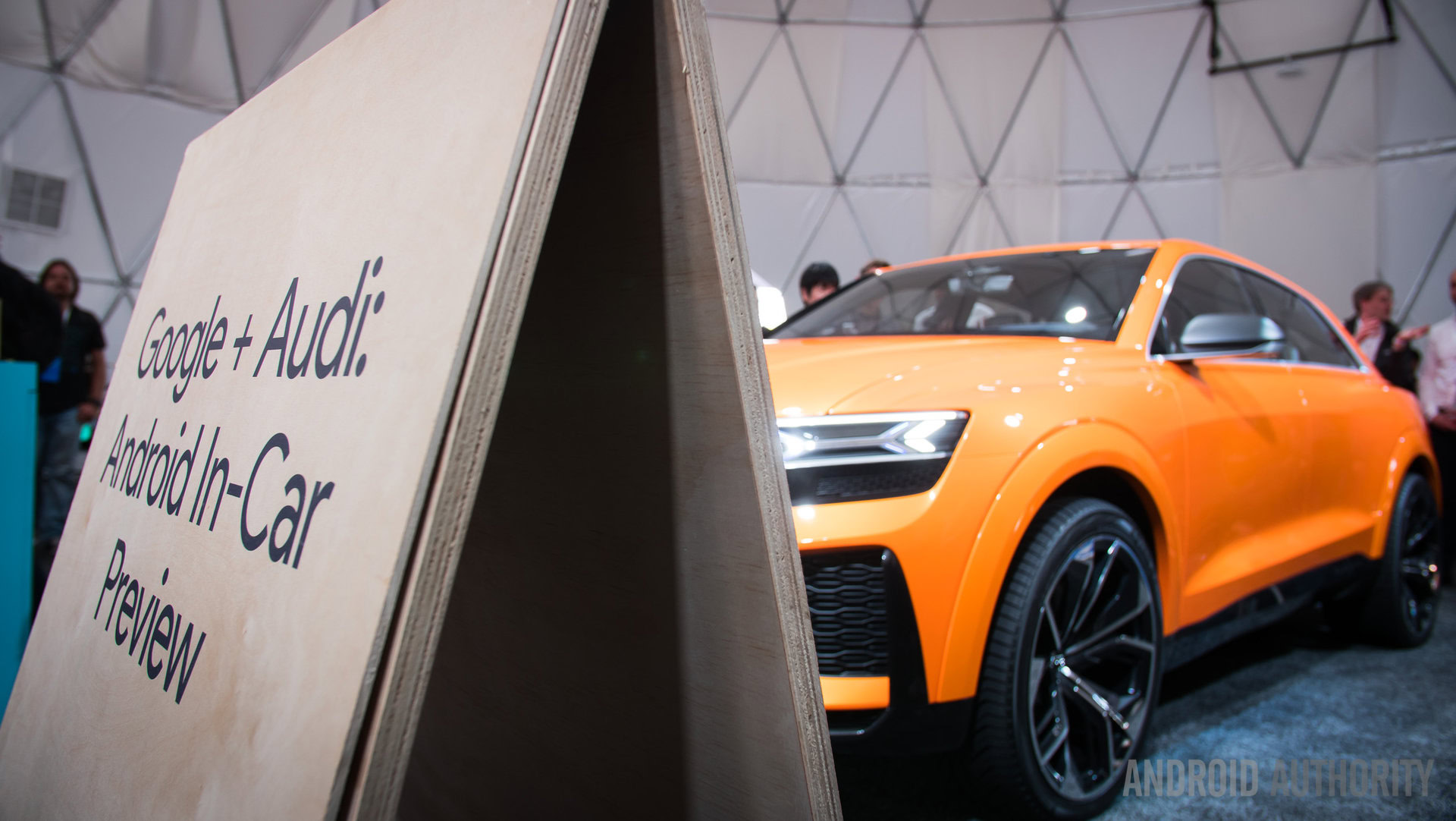
Android Auto fulfilled a very real need for drivers by giving users a way to bridge the gap between their mobile devices and the infotainment systems built into their cars. Switching from the familiar navigation solution on a phone to a discrete car-based system was jarring and not always as good. Conversely, sending navigation prompts from your phone to your car’s speakers over Bluetooth was unreliable and defeated the purpose of the latter’s built-in navigation. A better – and more consistent – way to combine the two was needed.
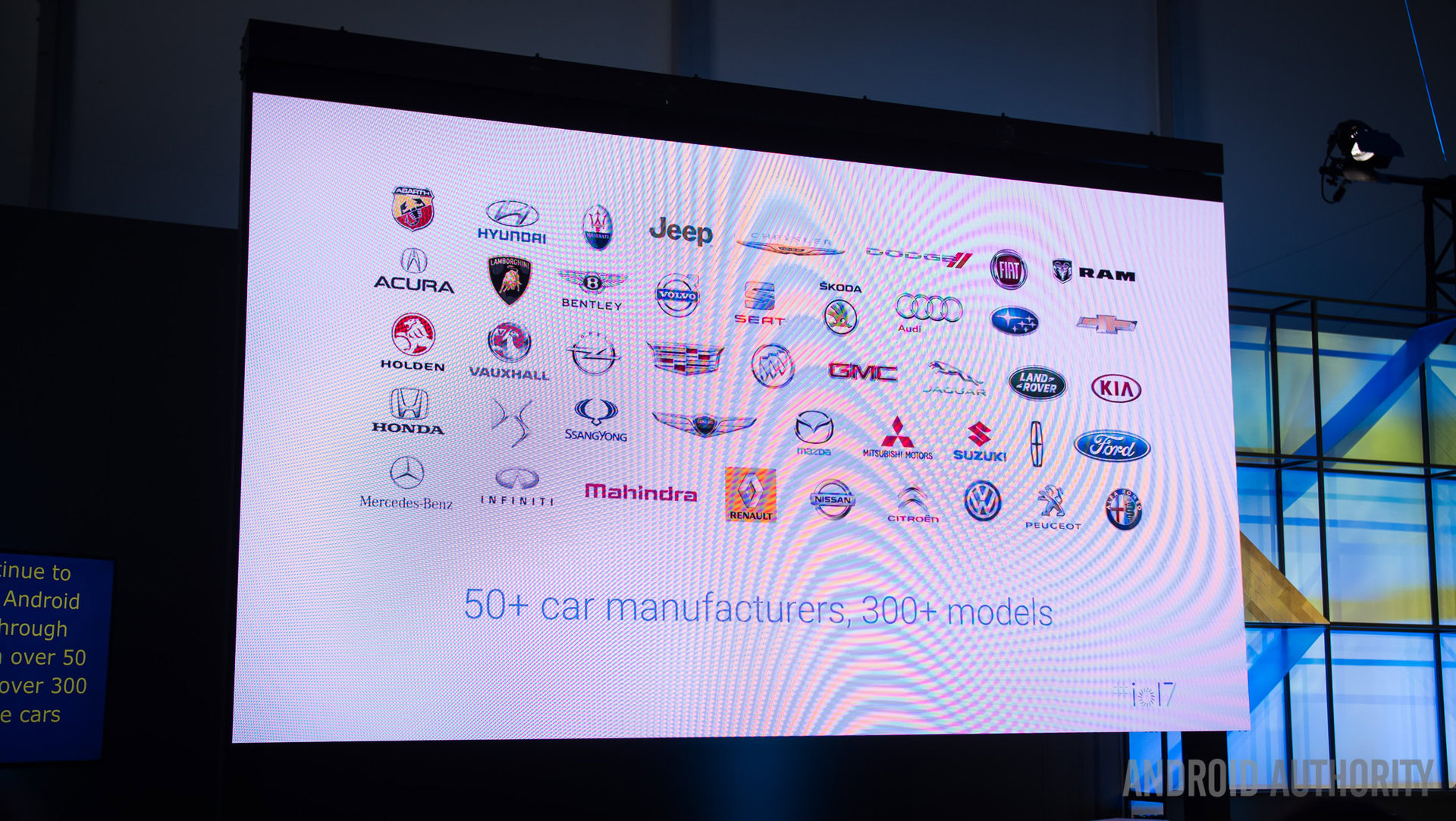
As a result, Android Auto via USB-connected smartphones made its way into a bevy of cars now on the road, democratizing the highly capable dashboard experience for those who wouldn’t otherwise be able to afford the premium infotainment/navigation system.
But even that solution, while more consistent, still seemed like a stop-gap. Fortunately, due to the open source nature of the Android platform, Auto is reaching its next evolution thanks to the efforts of car manufacturer software development.
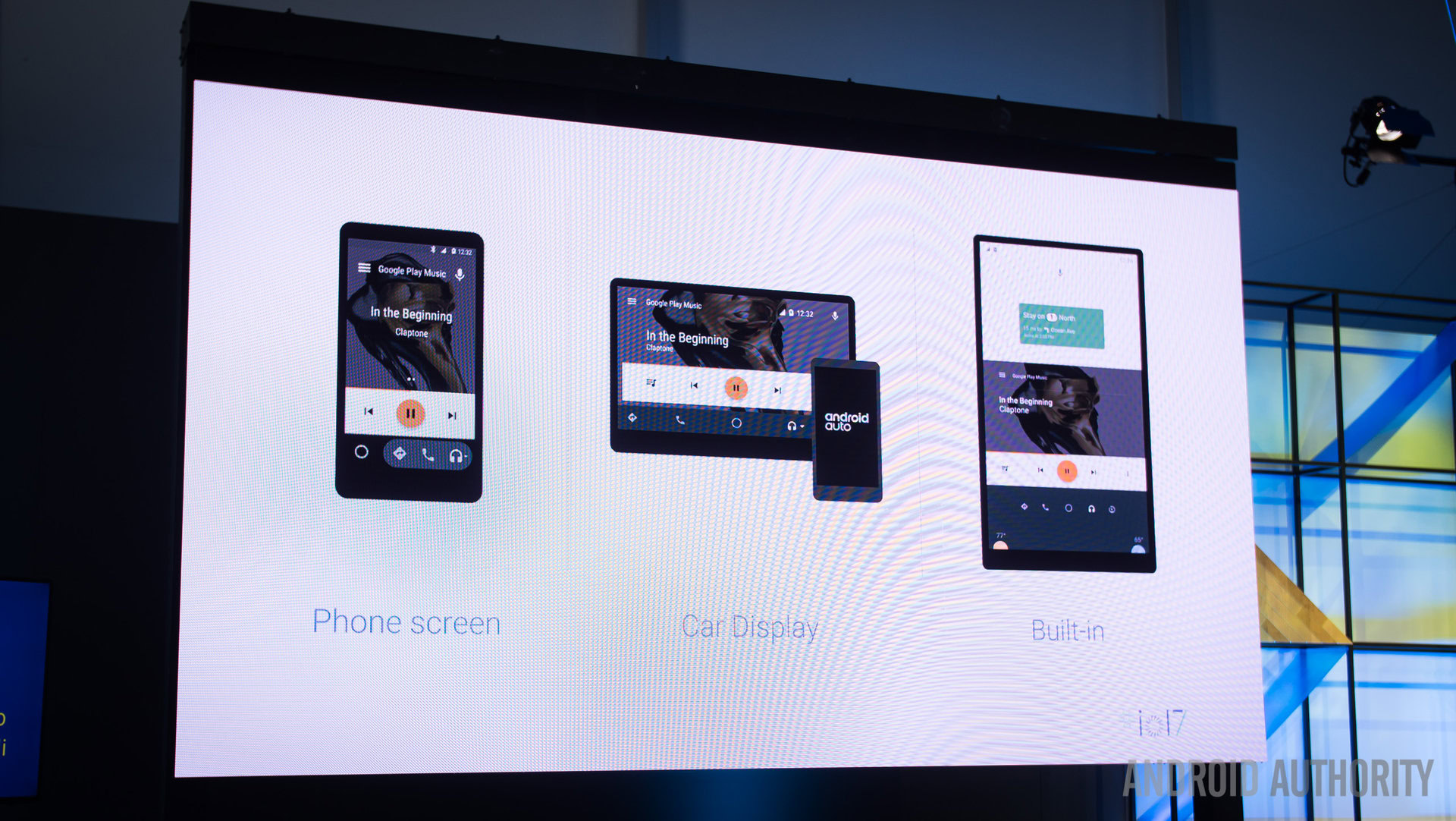
At Google I/O 2017, it was announced that Android Auto would be coming, natively, to select vehicles that currently include models from Volvo and Audi. The idea is to break free of the smartphone that needs to be tethered to the center dash. Instead, Android is what powers everything in the vehicle, from the dashboard right down to the climate control. While the guts of Android Auto remain very familiar, the user experience is catered to the specific car – and, ostensibly, the driver. Android customization has made it onto the road.

I was able to get a glimpse at this next phase via Audi’s demo vehicle at Google I/O. The car was familiar – a Q8 concept vehicle that was showcased at the Geneva Auto Show. However, sitting in the passenger seat brought a new experience, as three screens adorned both the center console and the driver’s dash.
In the typical infotainment section, a large screen showing Audi’s interpretation of Android Auto (more on that later) was atop another touchscreen where you would normally see the climate control toggles and other similar buttons and dials. And the best part was that the driver dash just behind the steering wheel was synced up with the system – many cars don’t have this level of synchronicity, where a quick glance down between one’s hands to see the Google Navigation provides a much safer alternative than diverting one’s gaze elsewhere.
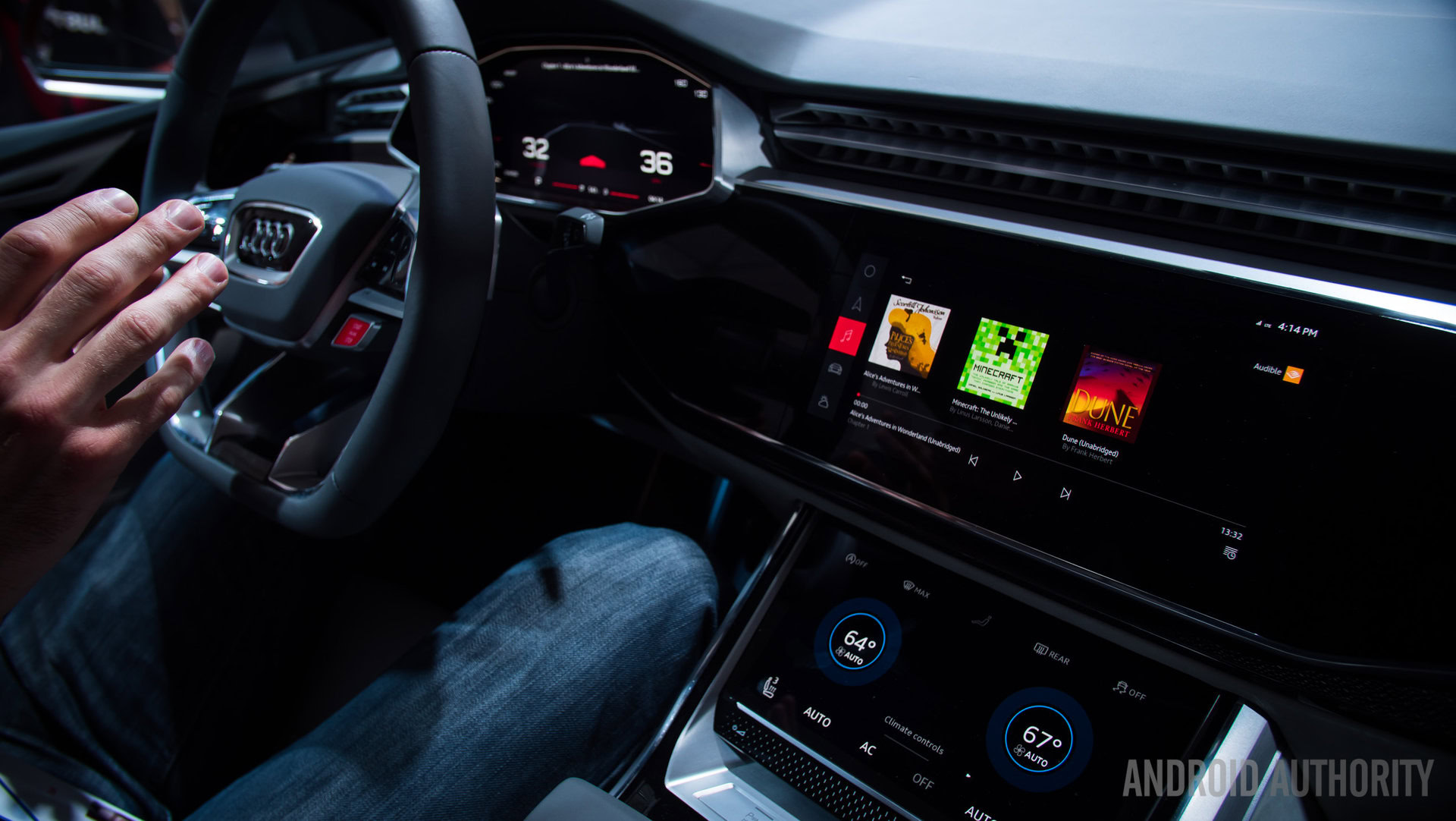
To the point of Audi’s own iteration of Android Auto, the applications supported and the functions provided are largely the same, with proper integration with the vehicle added in. For example, on the same panel of buttons a ‘car status’ button actually shows if everything is operating properly. And on a deeper level, the look of each and every app fits an overall design language that not only fit in with the bits and pieces around the screen, but with Audi’s image itself.
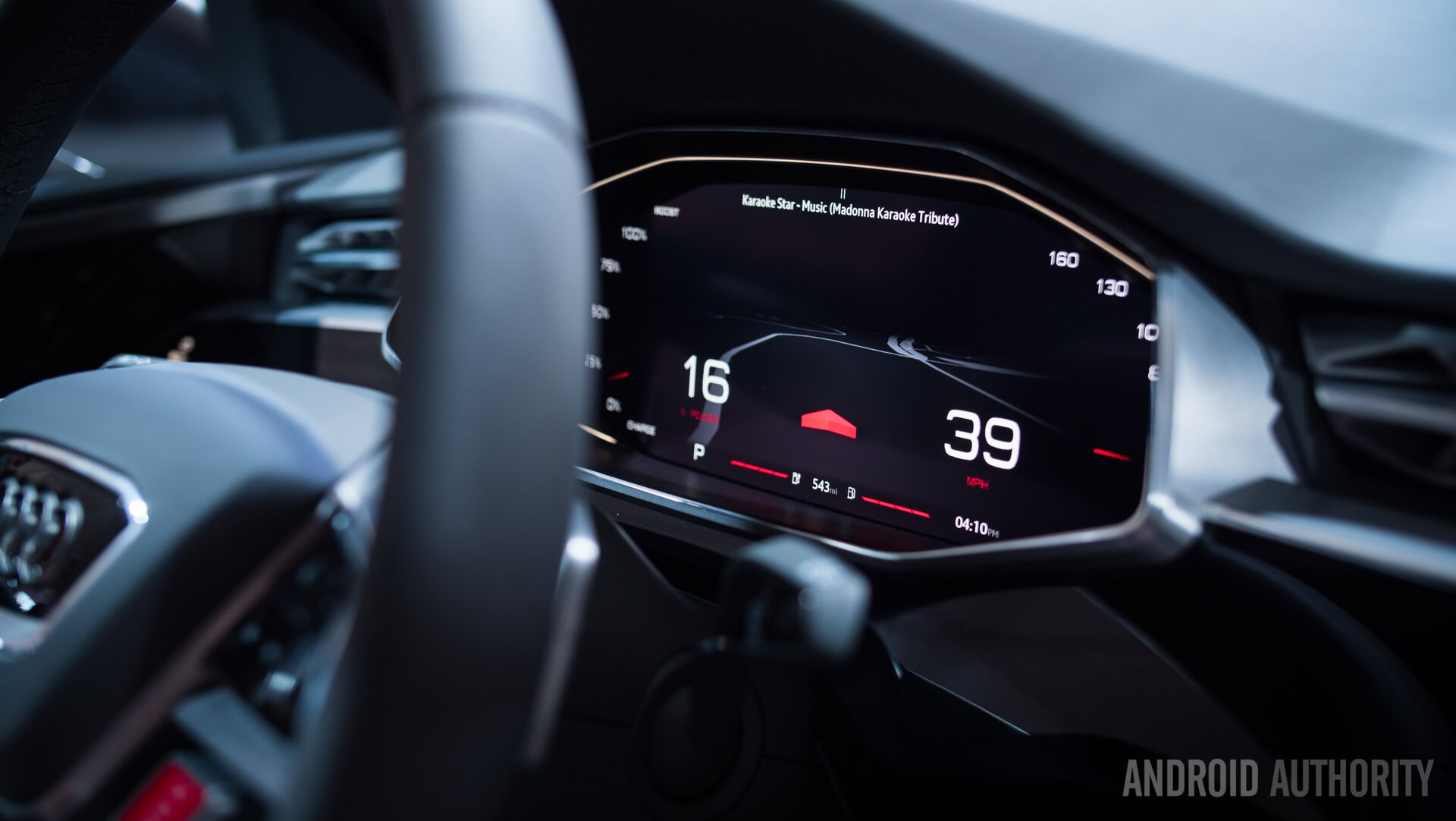
And this might be the biggest deal with Android Auto’s (and in this case, Audi’s) next usability evolution – that developers can create one application that works across all the different variations on Google’s smart vehicle system. That includes the phone adapted version, the Android Auto USB tethered edition, and this next step into full integration with the car. But in making the guts accessible to all platforms, the manufacturers are able to tailor (read: skin) the apps accordingly. The result is a seamless experience that is easy on the eyes and further fixes potential disjoints. Better still, we get to see multiple visions of the same system, much like the original Android OS itself – the Audi version, the Volvo version, or any other car company that decides to join in.
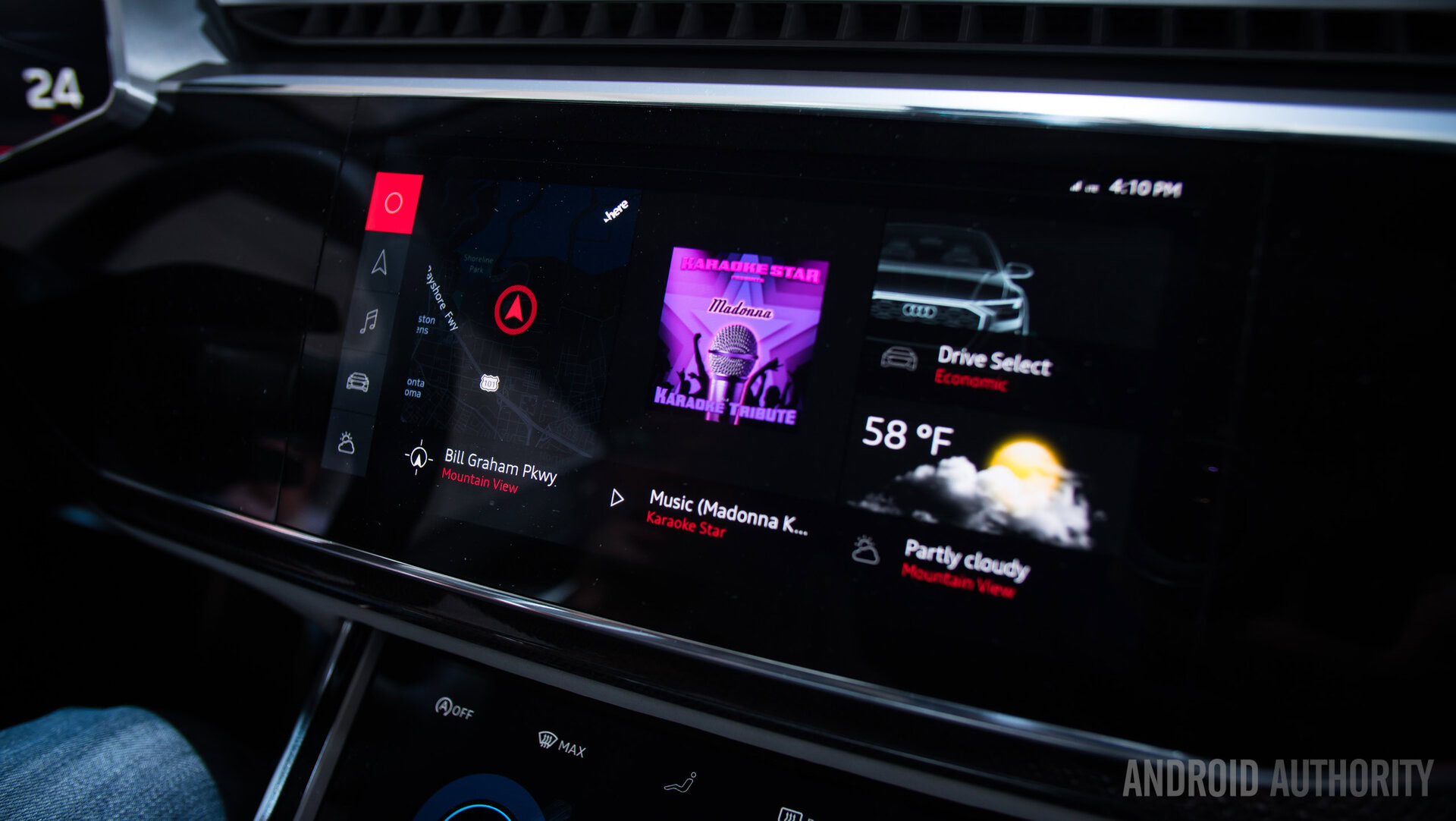
As an avid user of Android Auto (via USB), I find the core platform to be an incredible step forward for anyone that is trying to make their cars smarter with connected apps like the Google Assistant. And to see car companies jumping into the foray of Android development in a very similar way to smartphone manufacturers means that Android’s diversification is again on the rise. It is an exciting time to be a driver not just because of our leaps forward in transportation itself, but for the experience one can have in the driver’s seat – or should I say, cockpit.
Availability of built-in Android on Audi and Volvo vehicles currently hinge on cars yet to come (and in the automotive world, speculating on upcoming release dates is often futile), but we can’t wait to see how Android becomes not only the OS in your pocket, but the automotive companion that helps you get from point-A to point-B.
Read next: The best electric motorcycles